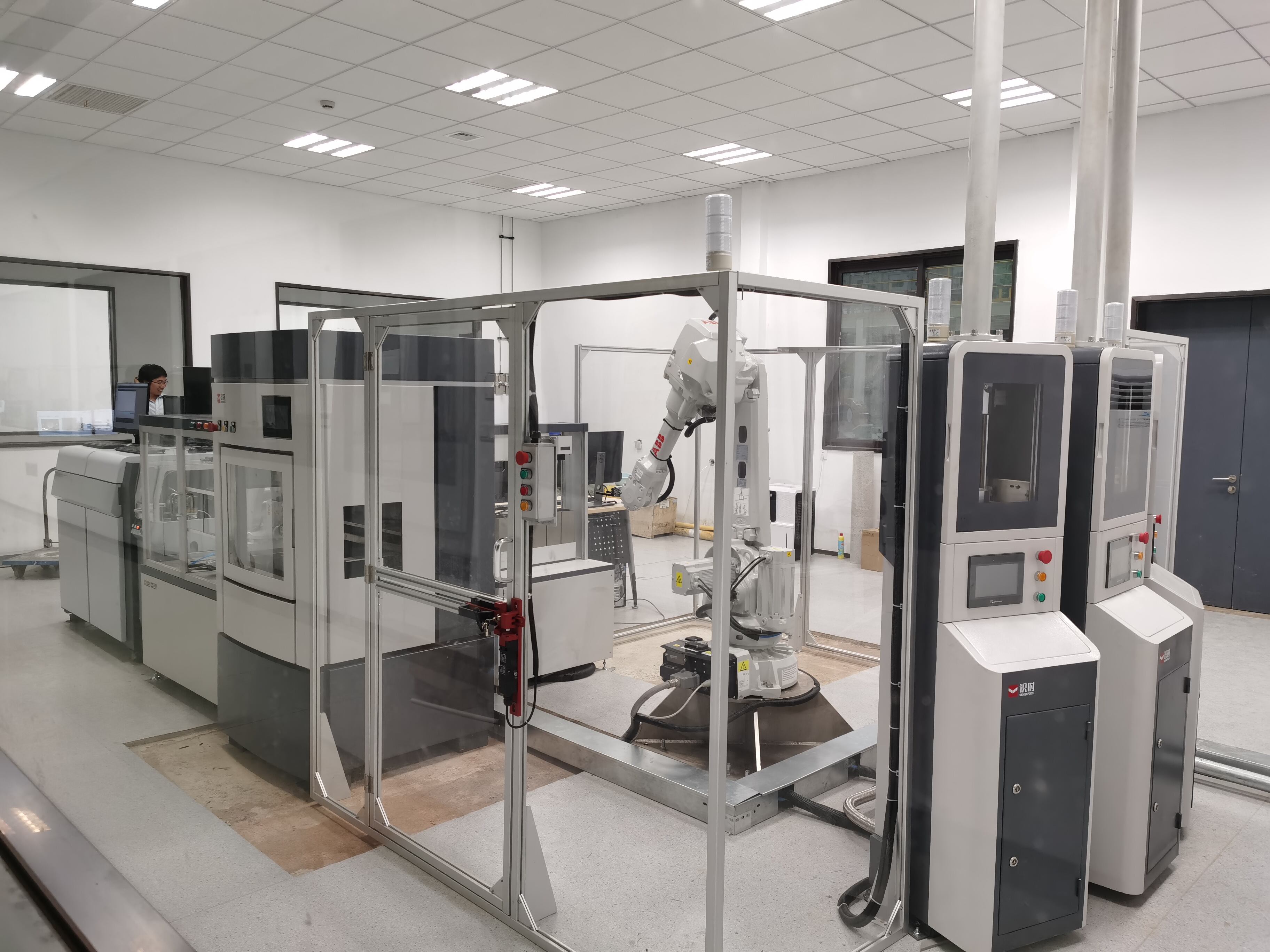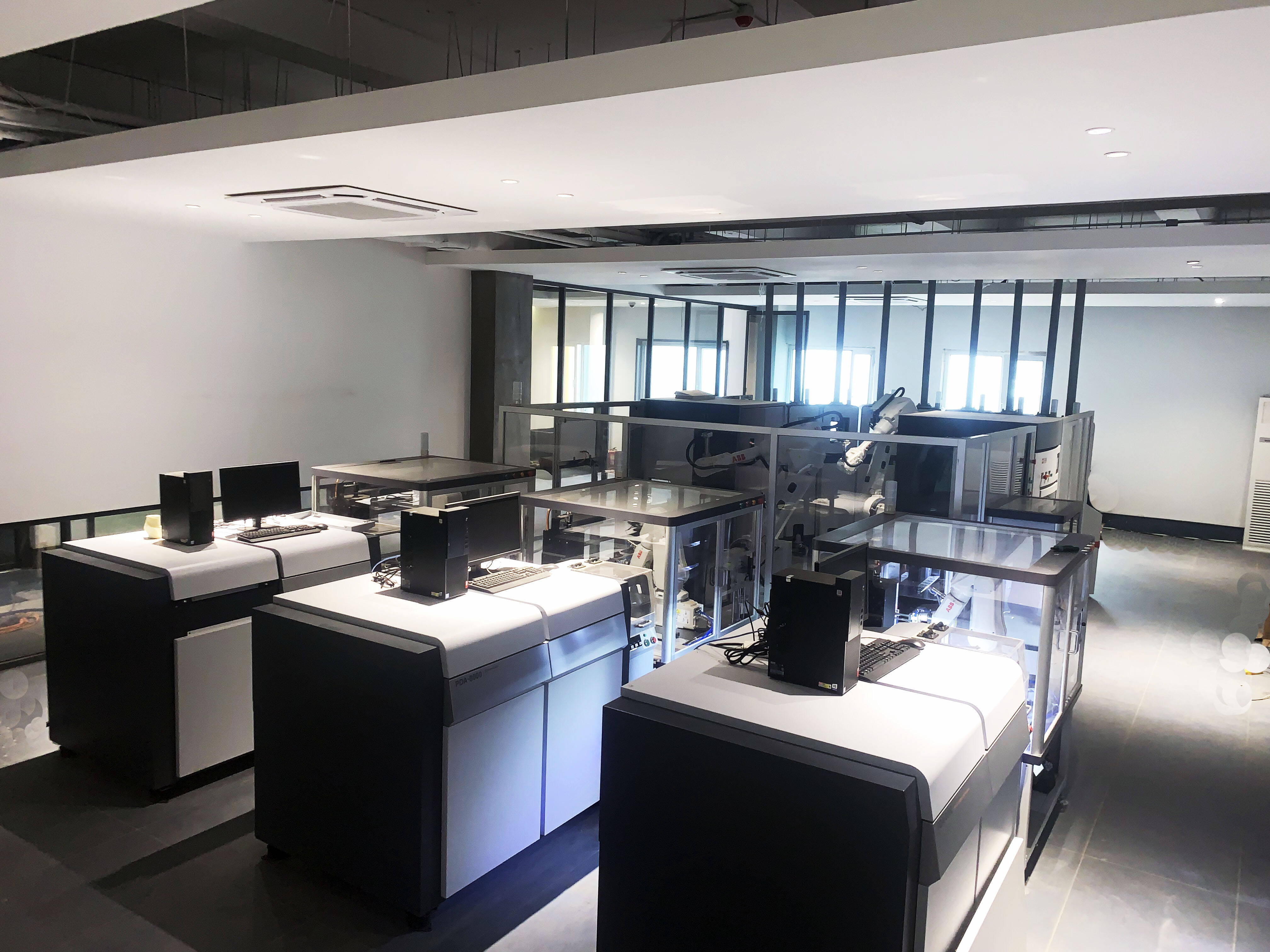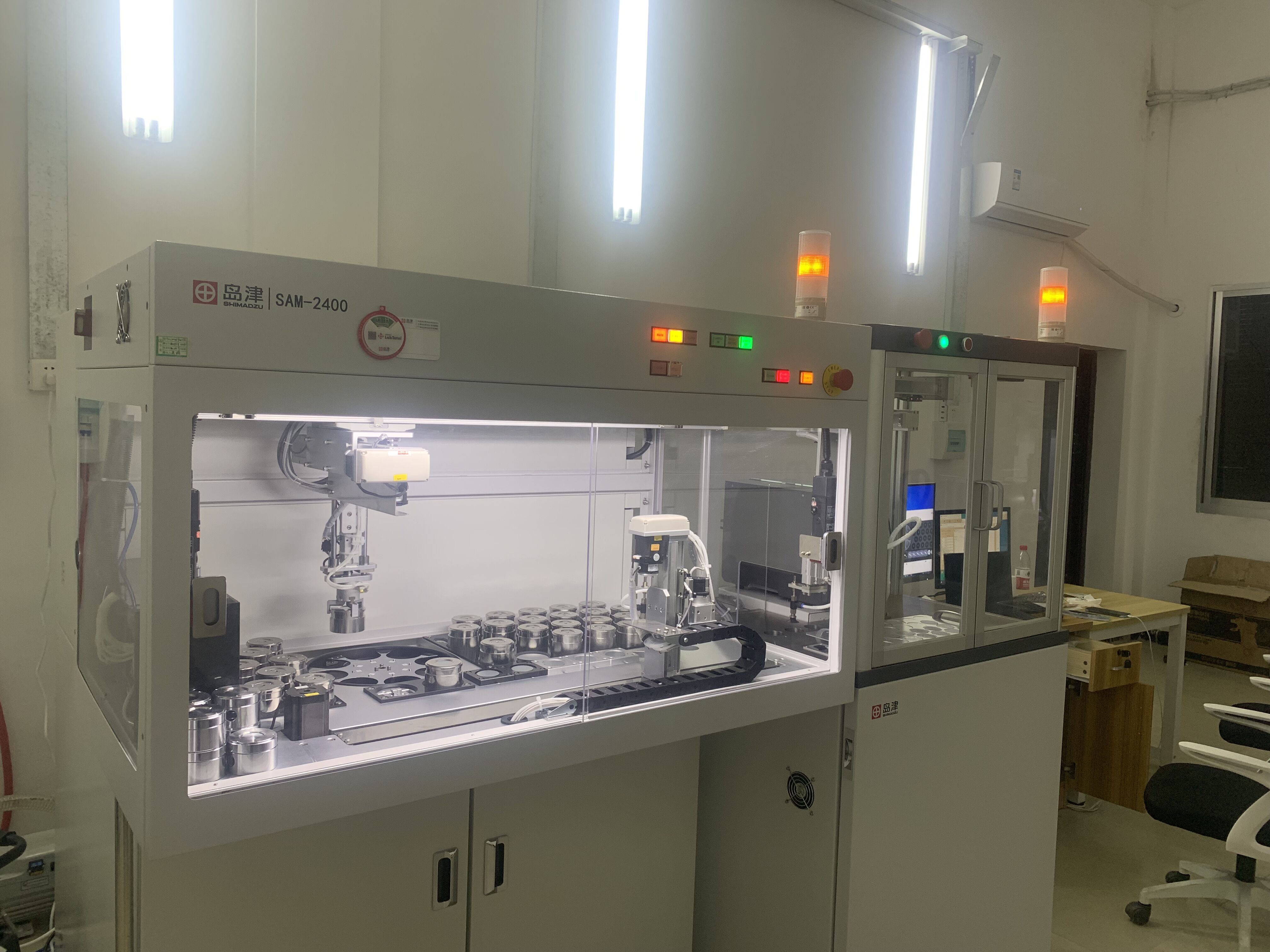welding automation
Welding automation represents a revolutionary advancement in manufacturing technology, combining precision engineering with digital control systems to deliver consistent, high-quality welds. This sophisticated system integrates robotic arms, advanced sensors, and intelligent control interfaces to perform complex welding operations with minimal human intervention. The technology incorporates real-time monitoring systems that continuously adjust welding parameters such as speed, temperature, and material feed rate to maintain optimal performance. Modern welding automation systems feature adaptive control algorithms that can compensate for variations in material thickness and joint geometry, ensuring uniform weld quality across different applications. These systems can be programmed to handle various welding processes, including MIG, TIG, and spot welding, making them versatile solutions for diverse manufacturing needs. The automation platform typically includes comprehensive safety features, such as emergency stops, collision detection, and protective enclosures, ensuring operator safety while maintaining high productivity levels. Advanced features like seam tracking, weld pool monitoring, and automatic defect detection contribute to achieving consistently high-quality results.


